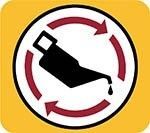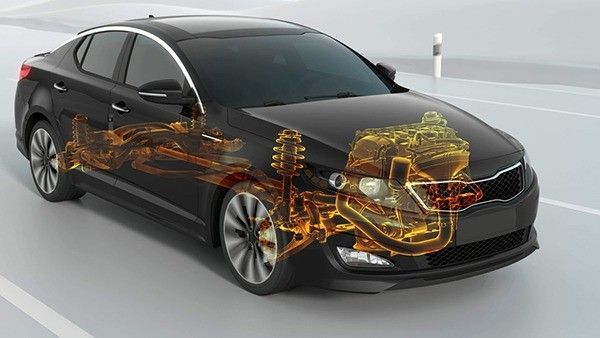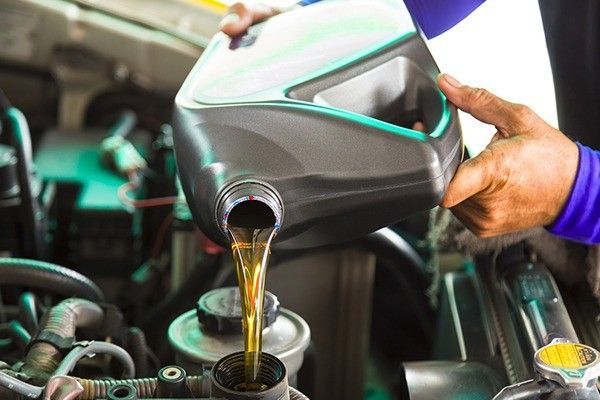Oil Change Service in Glen Burnie, MD
Quality services at discounted rates for your fleet

At Maryland Auto & Truck Repair in Glen Burnie, MD, we know that routine maintenance is unavoidable for those who want to keep their vehicle healthy year after year. One of the most crucial parts of this maintenance is an oil change. Regular oil changes involve removing old, dirty oil that can no longer effectively lubricate your engine. It helps prevent friction, wear and tear, and ultimately helps extend the life of your vehicle.
For decades, we have offered fast and friendly oil change service in Glen Burnie, MD, that gets you back on the road quickly. Our experienced technicians will:
- Drain your old oil and replace it with fresh, high-quality oil specified for your vehicle. We use trusted brands to ensure optimal performance and protection.
- Change your oil filter. A clogged filter can restrict oil flow and lead to engine damage.
- Top off other essential fluids. This includes checking and refilling important fluids.
- Perform a courtesy inspection. Our technicians will look for any potential problems with your car, such as tire wear, brake pad life, and leaks.

How Long Does an Oil Change Take
In most cases, a standard oil change at Maryland Auto & Truck Repair in Glen Burnie, MD, takes no more than an hour. You'll be in and out of here in no time!
While we offer quick oil changes in Glen Burnie, we are also a full-service auto repair shop. Our ASE certified master techs can handle all your vehicle's needs, from routine maintenance to major repairs. We specialize in domestic and import cars, trucks, diesels, and even RVs.

Why Maryland Auto & Truck Repair Is the Go-to Choice
- Comfortable lobby with complimentary coffee and snacks
- 24-month or 24,000-mile warranty on all repairs on non-fleet vehicles
- After-hours drop-off
- Financing available
- Fast and friendly service
- A+ Better Business Bureau rating
- Accept most extended warranties
Visit Our Glen Burnie Oil Change Shop
Keeping up with your car's maintenance is important, and Maryland Auto & Truck Repair is here to make things easier for you. Schedule your oil change appointment today by calling us, or stopping by our auto repair shop conveniently located in Glen Burnie, MD. We look forward to seeing you at Maryland Auto & Truck Repair!
